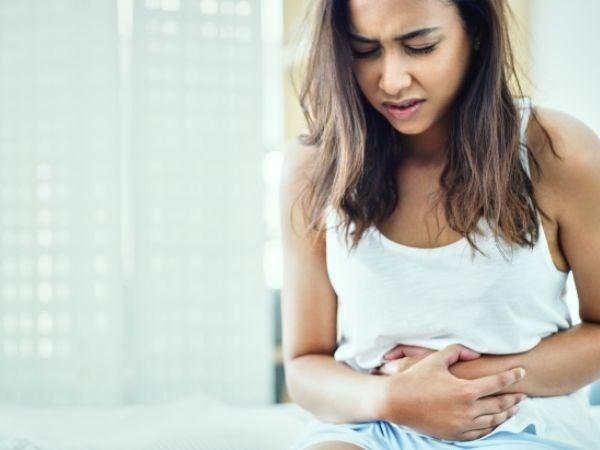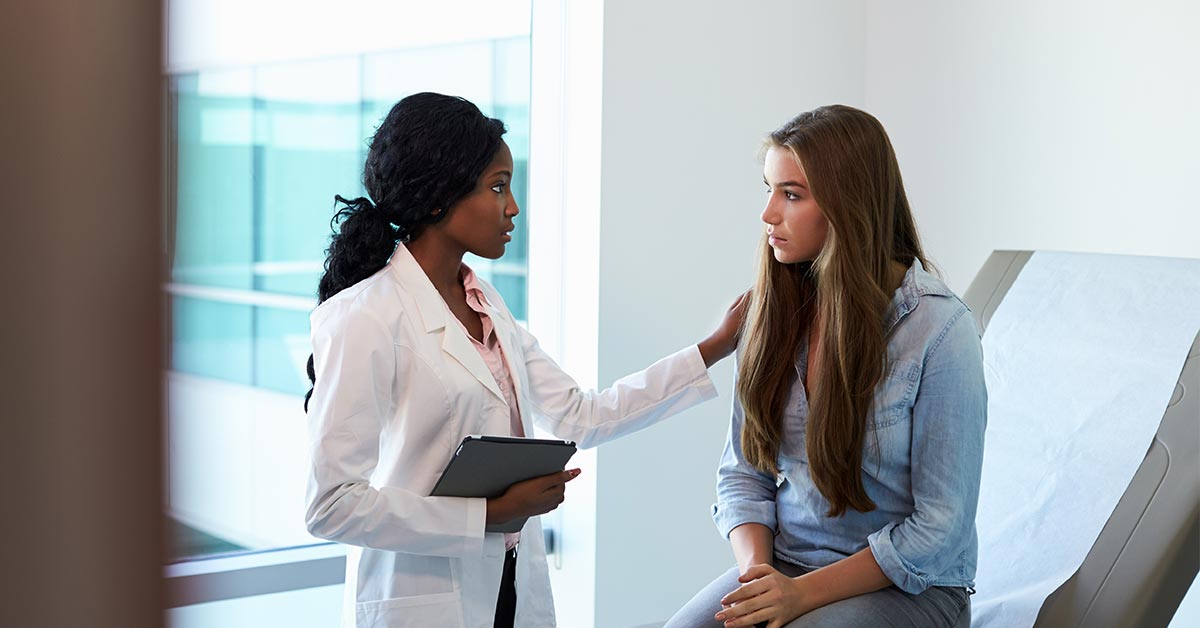Sexually transmitted diseases (STDs) are a common problem that affects many people worldwide. These diseases are caused by various types of bacteria, viruses, and parasites, and they can lead to serious health problems if left untreated. In this article, we will discuss the symptoms and signs of STDs, as well as the treatment options available.
Symptoms of STDs
The symptoms of STDs can vary depending on the type of infection. Some of the most common symptoms include:
Pain or discomfort during urination
Discharge from the genitals (this can be clear, cloudy, or yellow in color)
Itching or burning in the genitals
Sores, blisters, or rashes on the genitals or around the anus
Pain or discomfort during intercourse
Swollen glands in the groin
Fatigue or fever
It’s important to note that many people with STDs do not have any symptoms at all, or the symptoms may be mild and easily mistaken for something else. This is why it’s important to get tested if you have had unprotected sex or if you suspect that you may have an STD.
Signs of STDs
In addition to symptoms, there are also signs that can indicate the presence of an STD. These include:
Warts or growths on the genitals or around the anus
Abnormal or foul-smelling discharge from the genitals
Sores or ulcers on the genitals or around the anus
Inflammation or redness of the genitals
Rashes or discoloration on the genitals or around the anus
Treatment for STDs
The treatment for STDs depends on the type of infection. Some common treatment options include:
Antibiotics: Bacterial STDs such as chlamydia, gonorrhea, and syphilis can be treated with antibiotics. These medications can be taken orally or as injections, and they work by killing the bacteria that cause the infection.
Antiviral medications: Viral STDs such as herpes and HIV can be treated with antiviral medications. These medications can help to reduce the severity and frequency of outbreaks, and they can also help to slow the progression of the disease.
Topical medications: Some STDs, such as genital warts caused by HPV, can be treated with topical medications. These medications are applied directly to the affected area and they work by killing the virus or by causing the warts to shrink.
Surgery: In some cases, surgery may be necessary to remove warts or other growths caused by STDs.
Prevention
The best way to prevent STDs is to practice safe sex. This includes using condoms during intercourse and avoiding unprotected sexual contact with partners who have known STDs. It is also important to get regular check-ups and screenings for STDs, especially if you have multiple partners or if you suspect that you may have been exposed to an infection.
In conclusion, STDs are a common problem that affects many people worldwide. They can cause serious health problems if left untreated. The symptoms and signs of STDs can vary depending on the type of infection. It’s important to practice safe sex, get regular check-ups and screenings for STDs, and seek treatment if you suspect that you may have an infection.

 Home
Home Health
Health Diet & Nutrition
Diet & Nutrition Living Well
Living Well More
More












